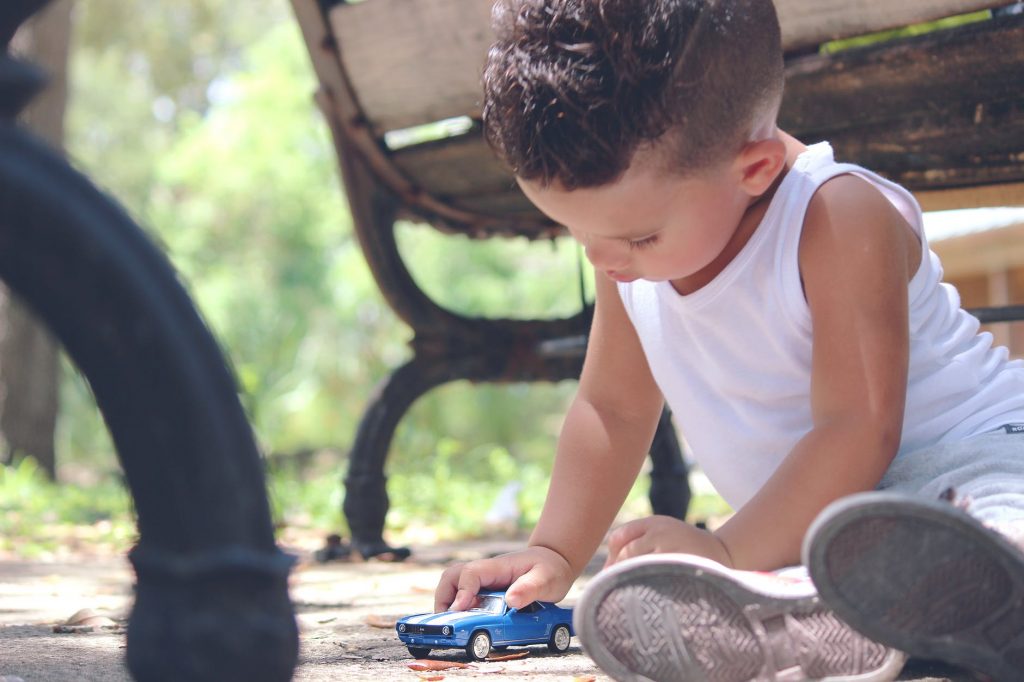
Sandplay therapy is a nonverbal therapeutic intervention that can be used for children, including children diagnosed with autism. Instead of trying to talk to the child, the therapist will make use of a sandbox where the child can find toys to create something that the child wants. This is a great way for the therapist to see the child’s inner thoughts or feelings. This can be another form of talk therapy while utilizing the sandbox figures as alternate communication tools.
The Benefits of Sandplay Therapy for Kids with Autism
Sandplay therapy allows the child with autism to express their feelings. It can give the therapist an idea of a trauma that the child may have or what kind of things the child finds interesting. It allows the child to show the therapist their creative side and what makes them happy. Introducing different items to the child can be a way of introducing different characters to the child’s setting. This will in turn have a significant effect when it comes to the child’s social skills.
When a child’s hands and mind wander to their happy place, they are often prone to communication. This gives the therapist an opening to interact with the child while he or she is playing. Establishing communication is always the first objective a therapist is looking for in sandplay therapy. It allows the therapist to know if the child is responding and making progress.
Sandplay therapy uses little to no words which makes it easier for the child to have his or her own personal space. This allows the child to create what bothers him or her most and make use of the sand tray as their boundaries. The therapist will be there to evaluate everything the child is building and thinking of new things to introduce to the child in order to improve their feeling toward their imagination.
Choosing a Sandplay Therapist
Some play therapists have taken additional trainings in sandplay therapy. Look for licensed therapists that have experience in sandplay therapy if you think that this therapy will benefit your child. In addition, you should also look for a therapist that has the appropriate tools and education background about the benefits and key elements of this therapy.
Doing your own research on qualified therapists in your area is another great way to find a therapist. Nowadays, therapists have their own website and usually have testimonials from previous clients on their work. Use this information to get an idea on how well the therapist might interact with your child. When finally choosing your therapist, you should make sure that you are comfortable leaving your child in their care.


